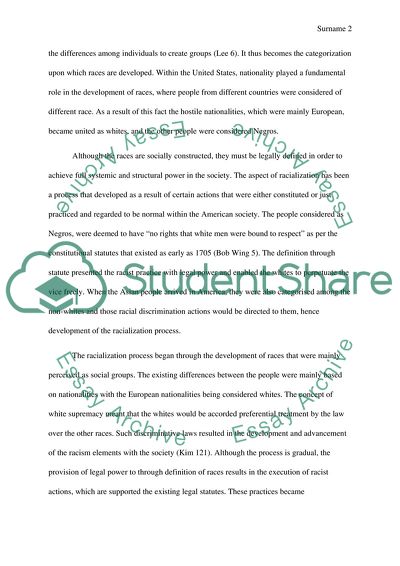Cite this document
(Racialization and Racism Essay Example | Topics and Well Written Essays - 2500 words, n.d.)
Racialization and Racism Essay Example | Topics and Well Written Essays - 2500 words. https://studentshare.org/social-science/1878606-asian-american-studies
Racialization and Racism Essay Example | Topics and Well Written Essays - 2500 words. https://studentshare.org/social-science/1878606-asian-american-studies
(Racialization and Racism Essay Example | Topics and Well Written Essays - 2500 Words)
Racialization and Racism Essay Example | Topics and Well Written Essays - 2500 Words. https://studentshare.org/social-science/1878606-asian-american-studies.
Racialization and Racism Essay Example | Topics and Well Written Essays - 2500 Words. https://studentshare.org/social-science/1878606-asian-american-studies.
“Racialization and Racism Essay Example | Topics and Well Written Essays - 2500 Words”. https://studentshare.org/social-science/1878606-asian-american-studies.


